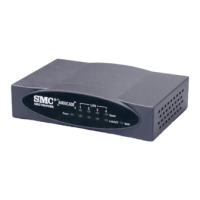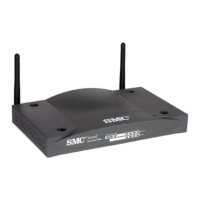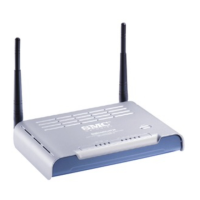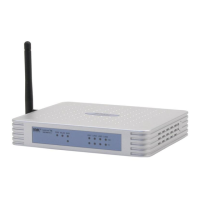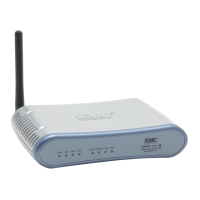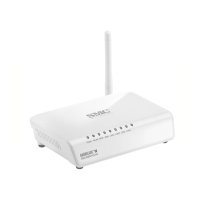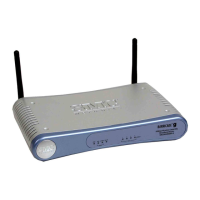7008ABR – Manual
23
6.2.4 | NAT
From this section you can configure the Address Mapping, Virtual Server, and Special Application
features that provide control over the port openings in the router’s firewall. This section can be used
to support several Internet based applications such as VPN connections.
• Address Mapping
This section allows you to configure one or more public IP addresses to be shared by multiple
internal users. Enter the Public IP address you wish to share into the “Global IP” field. Enter a
range of internal IPs that will share the global IP into the “from” field.
• Virtual Server
If you configure the Barricade as a virtual server, remote users accessing services such as
web or FTP at your local site via public IP addresses can be automatically redirected to local
servers configured with private IP addresses. In other words, depending on the requested
service (TCP/UDP port number), the Barricade redirects the external service request to the
appropriate internal server and port. The WAN interface should have a fixed IP address to
properly utilize this function. For example, if you set Type/Public Port to TCP/80 (HTTP or
web) and the Private IP/Port to 192.168.2.2/8080, then all HTTP requests from outside users
will be transferred to port 8080 on 192.168.2.2. Therefore, by just entering the IP Address
provided by the ISP, Internet users can access the service you provide at the internal
address and port to which the Barricade redirects them.
Some of the more common TCP service ports include: HTTP: 80, FTP: 21, Telnet: 23 and
POP3: 110.
